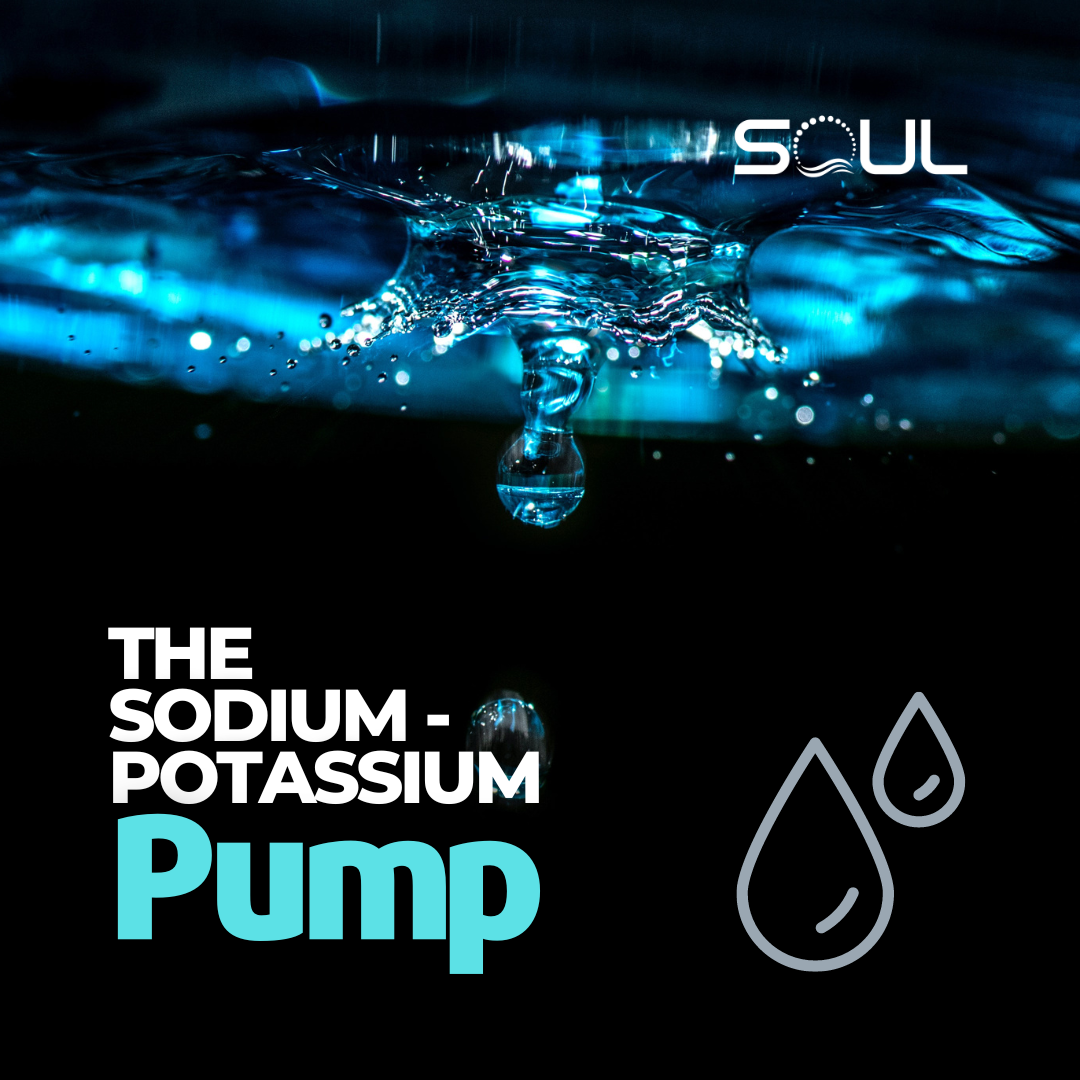The sodium-potassium pump is a fascinating enzyme that plays a crucial role in the functioning of many different types of cells. This enzyme is involved in maintaining the concentration gradient of sodium and potassium ions across the cell membrane, which is essential for a wide range of cellular processes, including nerve impulse transmission, muscle contraction, and cell volume regulation. In this article, we will take an in-depth look at how the sodium-potassium pump works and why it is so important for the proper functioning of cells.
The sodium-potassium pump is a type of active transport mechanism that is used by cells to maintain their electrolyte balance. It is also known as the sodium-potassium ATPase or the Na+/K+ pump. The pump uses ATP, the cell's main source of energy, to transport sodium ions (Na+) out of the cell and potassium ions (K+) into the cell. This process helps to maintain the concentration gradient of these ions across the cell membrane, which is important for many cellular processes.
The sodium-potassium pump is a membrane-bound enzyme that is made up of several subunits. The main subunit is an ATPase enzyme, which is responsible for using ATP to drive the transport of ions across the cell membrane. This enzyme has a specific binding site for sodium and potassium ions, which allows it to selectively transport these ions across the membrane.
The sodium-potassium pump works by first binding to three sodium ions on the outside of the cell. This causes a conformational change in the enzyme, which allows it to bind to and hydrolyze ATP. The hydrolysis of ATP provides the energy needed to transport the sodium ions across the cell membrane and into the cytoplasm. At the same time, the pump also binds to two potassium ions on the inside of the cell. These potassium ions are then released into the extracellular space, while the sodium ions are transported into the cell.
The overall effect of this process is to move three sodium ions out of the cell and two potassium ions into the cell, resulting in a net movement of one positive charge out of the cell. This helps to maintain the concentration gradient of sodium and potassium ions across the cell membrane, which is important for many cellular processes.
The sodium-potassium pump is an essential enzyme for the proper functioning of many different types of cells. In nerve cells, for example, the pump helps to maintain the concentration gradient of sodium and potassium ions across the cell membrane, which is necessary for the transmission of nerve impulses. In muscle cells, the pump plays a role in the contraction and relaxation of muscles by helping to maintain the proper balance of ions across the cell membrane.
When the body is properly hydrated, the concentration of electrolytes, such as sodium and potassium, in the body fluids is balanced. This balance is maintained, in part, by the sodium-potassium pump, which helps to keep the concentration of these ions at the correct levels within cells.
If the body becomes dehydrated, the concentration of electrolytes in the body fluids can become imbalanced. This can lead to an increase in the concentration of sodium ions outside of the cells and a decrease in the concentration of potassium ions inside the cells. The sodium-potassium pump can help to restore this balance by transporting sodium ions out of the cells and potassium ions into the cells.
In addition to its role in electrolyte balance, the sodium-potassium pump also plays a role in regulating cell volume. When cells become dehydrated, they can lose water and shrink in size. The sodium-potassium pump can help to restore normal cell volume by transporting water into the cells.
Overall, the sodium-potassium pump is a critical enzyme that is involved in many important cellular processes. It plays a key role in maintaining the concentration gradient of ions across the cell membrane, which is essential for the proper functioning of many different types of cells. By helping to maintain the electrolyte balance and regulate cell volume, the sodium-potassium pump plays a key role in supporting the body's hydration levels.
These statements have not been evaluated by the Food and Drug Administration. This product is not intended to diagnose, treat, cure or prevent any disease.

